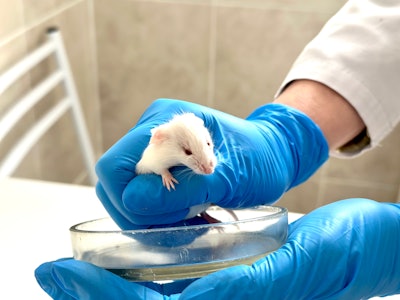
A protein known as Piezo1 may be the key to inhibiting immune cells that cause the most common form of asthma. Researchers at the University of Southern California’s Keck School of Medicine in Los Angeles shared their discovery in the Journal of Experimental Medicine (JEM).
In both mouse and human models, the protein prevented a type of immune cell in the lung from becoming hyperactivated by allergens. This raises hope for a new therapeutic approach to treating asthma caused by dust mites, pollen, animal dander and mold spores.
“Given the importance of [type 2 innate lymphoid cells ] ILC2s in allergic asthma, there is an urgent need to develop novel mechanism-based approaches to target these critical drivers of inflammation in the lungs,” said Omid Akbari, PhD, a professor of molecular microbiology and immunology at the Keck School of Medicine.
In response to allergens, ILC2s become activated and produce proinflammatory signals when triggered by common allergens. That, Dr. Akbari said, draws other immune cells into the lungs. This results in excessive inflammation and a tightening of the airways, making it difficult for asthma patients to breathe.
However, when ILC2s are activated by an allergen, they also start to produce Piezo1 protein that can limit their ability to drive lung inflammation. Researchers discovered that the absence of Piezo1 in mice resulted in increased airway inflammation.
As part of the study, funded by the National Institutes of Health (NIH), researchers used a drug called Yoda1 to “turn on” Piezo1 channels in the mouse model, which led to a decrease in airway inflammation and alleviated the symptoms of allergen-exposed mice.
Researchers discovered that human ILC2s also produce Piezo1. They tested the effects of Yoda1 on mice whose ILC2s had been replaced with human immune cells.
“Remarkably, treatment of these humanized mice with Yoda1 reduced airway hyperreactivity and lung inflammation, suggesting that Yoda1 may be used as a therapeutic tool to modulate ILC2 function and alleviate the symptoms associated with ILC2-dependent airway inflammation in humans,” Dr. Akbari said. “Future studies are therefore warranted to delineate the role of Piezo1 channels in human patients with asthma and to develop Piezo1-driven therapeutics for the treatment of allergic asthma pathogenesis.”























